The Seabird Protection Network Finds Allies in the Sky
By Sean Denny and Paul Hobi
May 2017
In 1903, at Kitty Hawk, North Carolina, the Wright brothers changed the world forever by building the world’s first airplane, a "flying machine" that flew 120 feet before falling back to Earth. The brothers took their inspiration from birds, studying the physics of flight to engineer their flying machine. A century later, in an ironic twist, birds—especially seabirds—have become vulnerable to disturbance from the very machines they inspired.
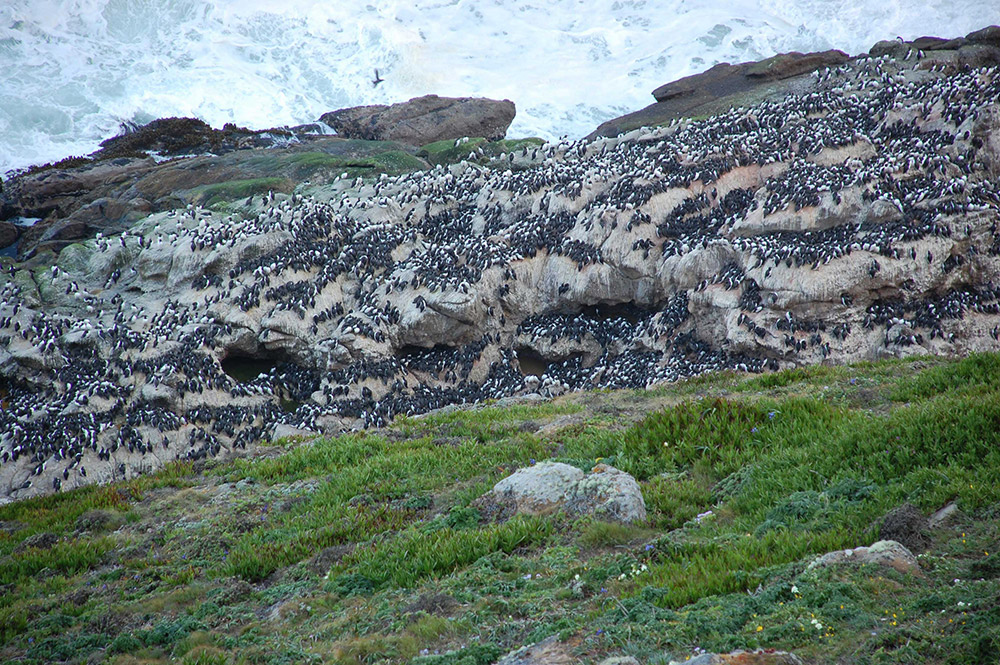
Reducing disturbances to sensitive seabirds and wildlife off the California coast is the mission of the Seabird Protection Network. Founded in 2005 and spearheaded by Greater Farallones National Marine Sanctuary, the network comprises multiple partners and works throughout the national marine sanctuaries located on California’s coast. Aircraft can disturb seabirds and jeopardize the long-term health of an entire breeding colony, so the network has built partnerships to encourage local pilots to keep above 1,000 feet elevation when flying over the California coast.
Partnerships with pilot organizations and airports are critical. Among the Seabird Protection Network's most important partners are Half Moon Bay and San Carlos airports, which serve pilots who love flying their small planes along the California coast. Gretchen Kelly, manager of both airports, has shared vital information that helps pilots fly high to avoid disturbing seabird colonies.
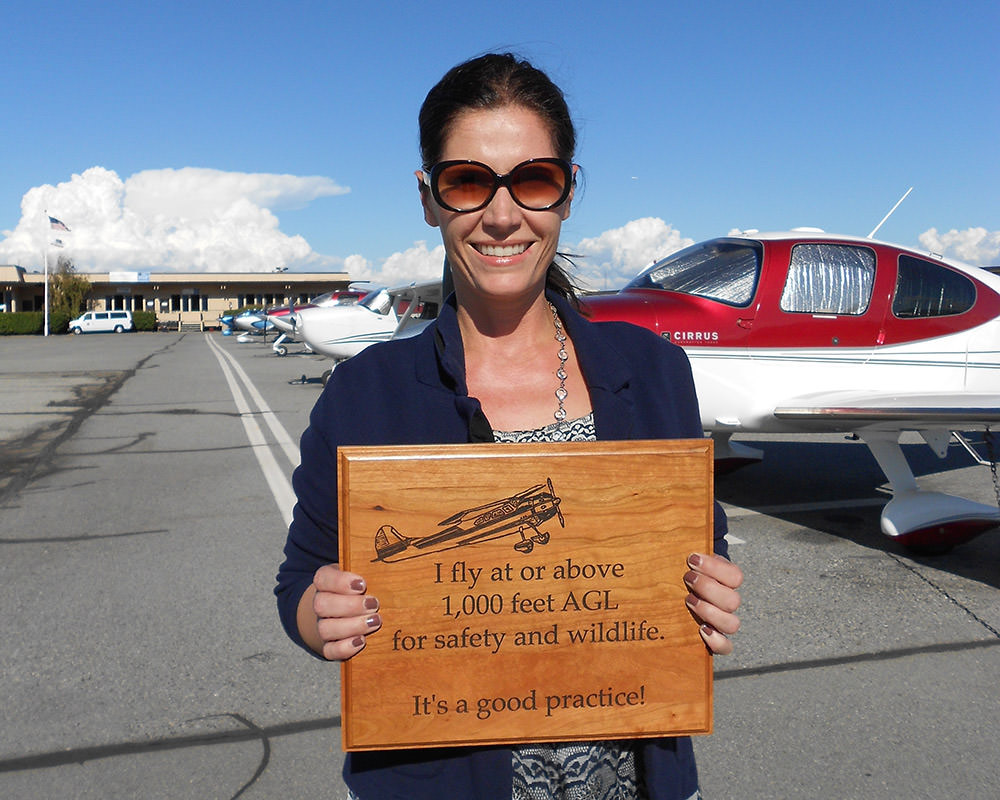
Through Kelly’s leadership, Seabird Protection Network staff have had the opportunity to brief pilots flying at the annual Pacific Coast Dream Machines air show in Half Moon Bay, California. Dream Machines attracts pilots from across the state, and historically has been a source of disturbance to an especially sensitive nearby colony of common murres at Devil’s Slide Rock, which lies approximately two miles from the airport. However, through targeted outreach to pilots in partnership with event organizers and the airport, the Seabird Protection Network has been able to reduce disturbances significantly. Pilots, event organizers, and airport staff all have the same goal in mind: having a zero-disturbance event each year.
The Seabird Protection Network seeks not only to increase awareness about national marine sanctuaries and the effects of aircraft disturbance on wildlife, but also to build community-wide support among aviators for stewardship of the California coast and the preservation of its incredible wildlife.
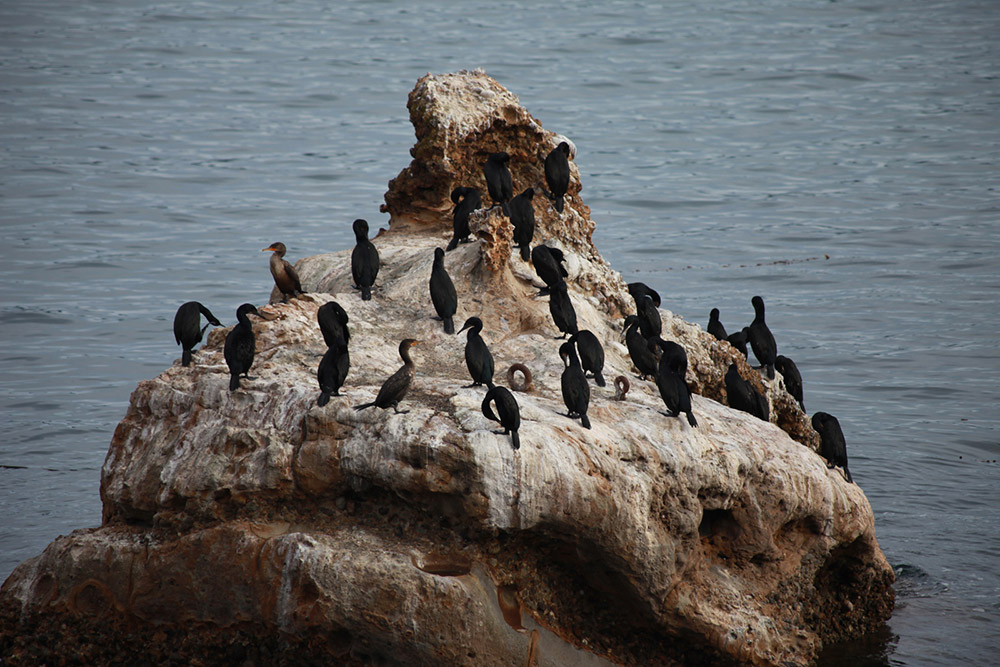
Through the network's efforts, pilots have become allies in bird conservation. One recent initiative asks pilots to pose for photos with their plane and a plaque that reads "I fly at or above 1,000 feet above ground level for safety and wildlife. It’s a good practice!" This has helped build local pride around flying seabird-safe.
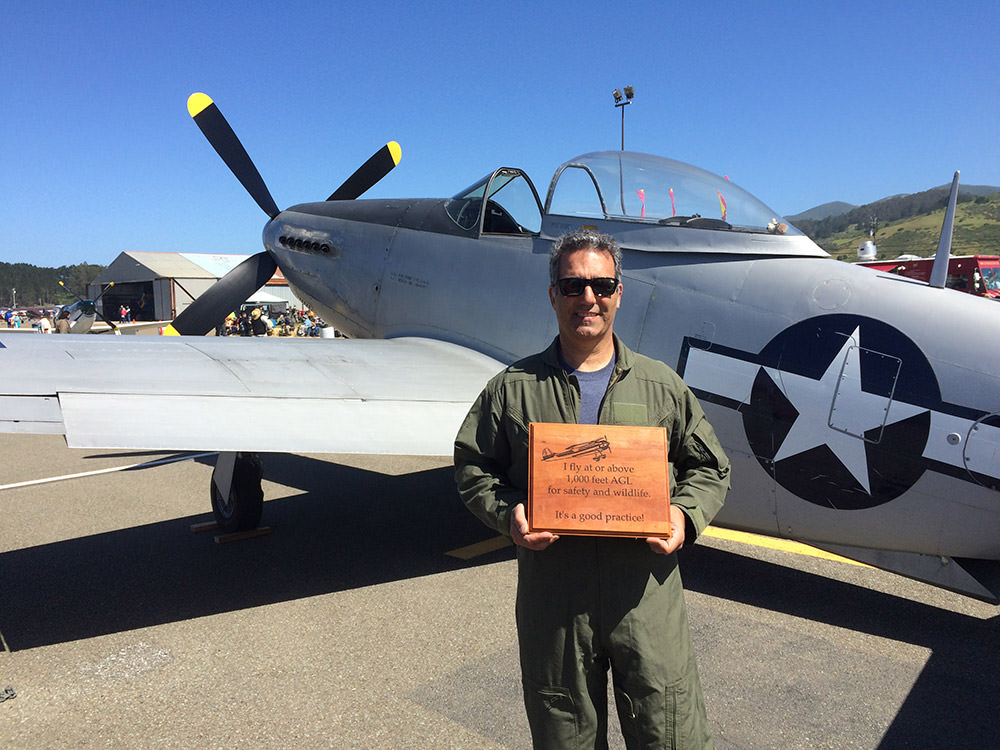
Conservation works best when it is grounded in community participation, stakeholder engagement, and mutual understanding. Through an ongoing dialogue with local pilots, the Seabird Protection Network has been able to successfully involve pilots to reduce seabird disturbances. Healthy seabirds form the backbone of a healthy recreational economy: collectively, birdwatchers spend 3.1 million days per year birding along the Central California coast, and generate $100 billion in total industry output. Reducing disturbances to seabirds helps ensure they can rest, feed, and care for their chicks.
Pilots know that the health of seabirds depends, in part, on their participation in flying seabird safe. We look forward to continuing our work with pilots to build their knowledge—and pride—when it comes to protecting coastal wildlife.
Are you a pilot who lives in Central California? If you would like to pose for a photo with your plane and a plaque, please send an email to california.seabirds@noaa.gov.
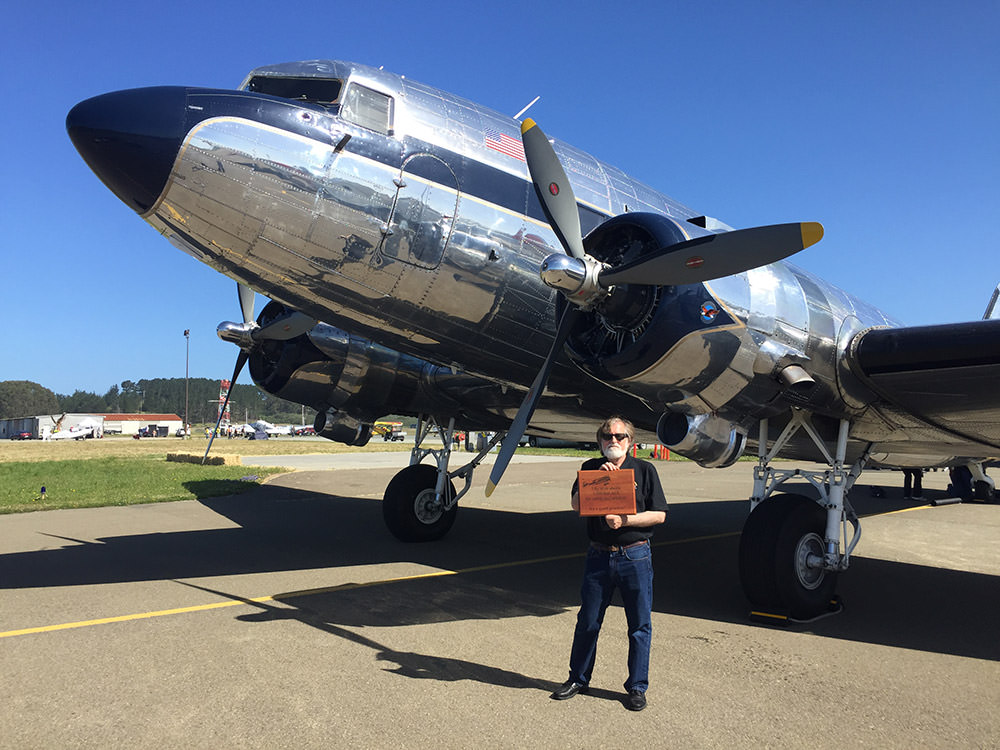
Sean Denny is the Seabird Protection Network outreach specialist for Greater Farallones National Marine Sanctuary. Paul Hobi is the Network’s program manager.

